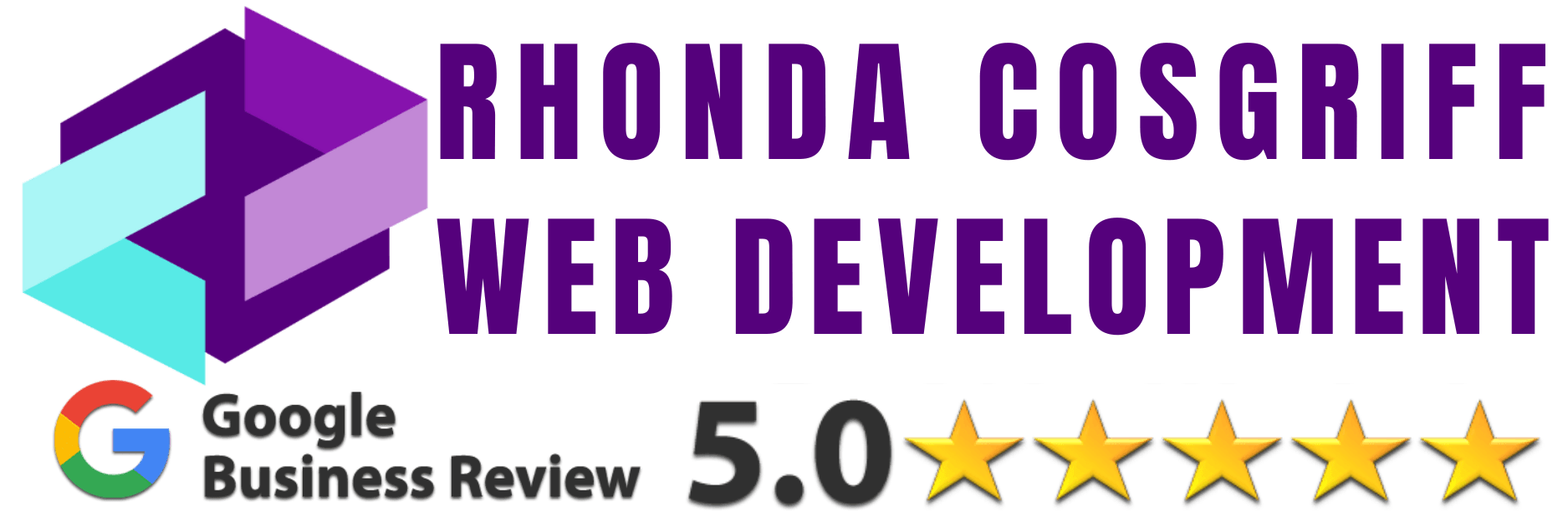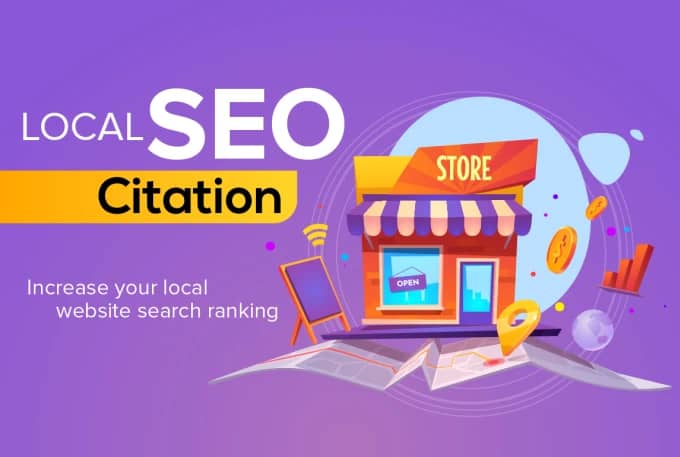What is Search Engine Optimization (SEO)?
Search Engine Optimization (SEO) for website design is the process of optimizing a website to improve its visibility and ranking in search engine results. By optimizing various aspects of a website, such as content, keywords, and backlinks, SEO aims to attract organic (non-paid) traffic from search engines, ultimately leading to increased website traffic and potential customers.
 Keyword Research
Keyword Research
Keyword research is the foundation of effective SEO. It involves identifying relevant keywords and phrases that potential users may use to search for information or products related to a website’s content.
Search Volume and Competition
When conducting keyword research, it’s essential to consider both the search volume (the number of searches for a specific keyword) and the level of competition (the number of websites competing for that keyword). High search volume and low competition keywords are generally more valuable.
Long-tail vs. Short-tail Keywords
Long-tail keywords are longer, more specific phrases with lower search volume but often indicate higher user intent and better conversion rates. Short-tail keywords are shorter and more generic, with higher search volume but higher competition.
Keyword Research Tools
Keyword research tools like Google Keyword Planner, SEMrush, and Ahrefs help identify relevant keywords, search volume, and competition levels.
 Keyword Intent and Relevance
Keyword Intent and Relevance
Understanding keyword intent (what users are looking for) is crucial. Use keywords that align with the content and services offered on the website.
Keyword Mapping
Organize and map keywords to specific pages on the website, ensuring each page targets relevant and related keywords.
 On-page SEO
On-page SEO
On-page SEO refers to optimizing elements within a webpage to improve its search engine visibility.
Meta Tags and Descriptions
Optimize meta title and meta description tags to include relevant keywords and compelling information to entice users to click through.
URL Structure
Create descriptive and user-friendly URLs that include keywords and indicate the page’s content.
Header Tags (H1, H2, etc.)
Use header tags (H1, H2, etc.) to structure content and include keywords where appropriate.
Keyword Placement and Density
Naturally incorporate target keywords throughout the content, avoiding keyword stuffing. Maintain a balanced keyword density.
Internal Linking
Link relevant pages within the website to improve navigation and distribute link authority.
 Off-page SEO
Off-page SEO
Off-page SEO focuses on actions taken outside the website to improve its authority and reputation.
Backlink Building Strategies
Build quality backlinks from reputable websites to improve search engine trust and authority.
Guest Posting
Write valuable content for other websites in exchange for a backlink to your site.
Social Media and SEO
Engage with the audience on social media platforms to increase brand visibility and potentially earn backlinks.
Influencer Marketing
Collaborate with influencers to amplify brand reach and attract more visitors.
 Local SEO
Local SEO
Optimize for local searches by listing the business on Google My Business and local directories.
SEO Auditing
Regular SEO audits help identify strengths and weaknesses in a website’s SEO strategy.
Technical SEO Audit
Assess website technical aspects, such as site speed, mobile-friendliness, and crawlability.
Content Audit
Review and optimize website content for relevance, quality, and SEO performance.
Backlink Audit
Evaluate the quality and relevance of existing backlinks and disavow harmful ones.
Competitor Analysis
Analyze competitors’ SEO strategies to identify opportunities and gain a competitive edge.
Link Building
Link building is a vital off-page SEO activity that focuses on acquiring quality backlinks.
White-hat Link Building
Focus on ethical and sustainable link building practices that comply with search engine guidelines.
Outreach and Relationship Building
Reach out to relevant websites and build relationships to earn backlinks through guest posting and partnerships.
Link Quality and Relevance
Prioritize high-quality, relevant backlinks from authoritative websites in the same industry.
Link Building Metrics
Track link building efforts with metrics like Domain Authority, Page Authority, and organic traffic growth.
Link Building Mistakes to Avoid
Avoid spammy link building practices, buying links, or engaging in link schemes that may result in penalties.
Conclusion
SEO is a complex and ever-evolving field that involves optimizing various aspects of a website to achieve higher search engine rankings and attract organic traffic. Effective keyword research, on-page and off-page optimization, link building, and regular SEO audits are essential to building a strong online presence and driving relevant traffic to the website. By following best practices and focusing on ethical SEO techniques, website owners can enhance their visibility in search engine results and reach their target audience effectively.










